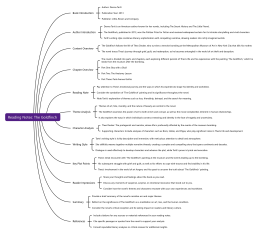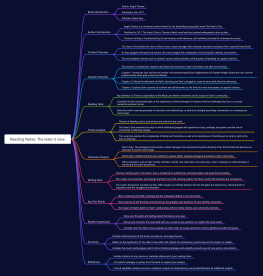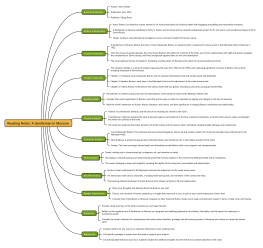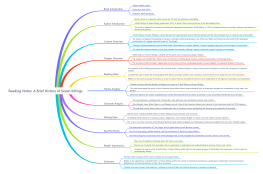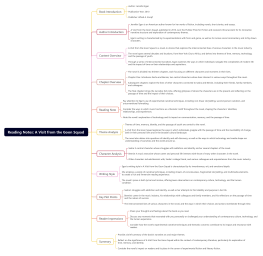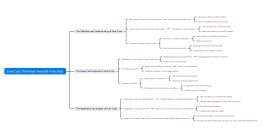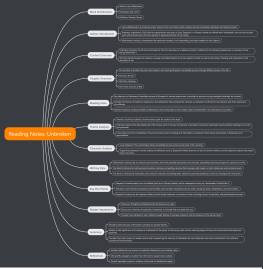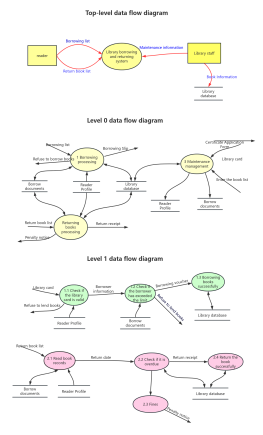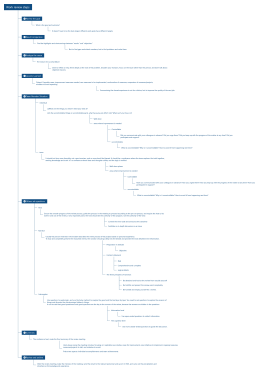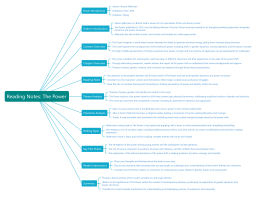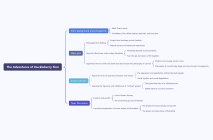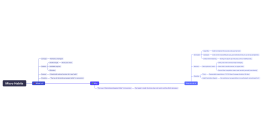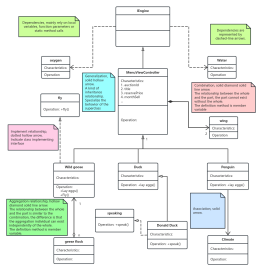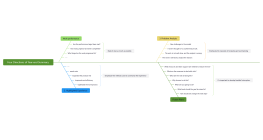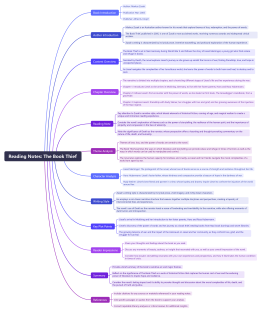Quiet: The Power of Introverts in a World That Can,t Stop Talking-Susan Cain: Book Summary
2024-07-19 15:46:00 0 Report
Login to view full content
Other creations by the author
Outline/Content
Book Introduction
Author: Susan Cain
Publication Year: 2012
Publisher: Crown Publishers
Author Introduction
Susan Cain is an American writer and lecturer, known for her work on introversion and the power of quiet.
Quiet explores the cultural bias towards extroversion and the value of introverted traits in a predominantly extroverted society.
Cain's writing often draws on research in psychology, neuroscience, and sociology to support her arguments.
Content Overview
Quiet examines the qualities and contributions of introverts in various aspects of life, including work, relationships, and education.
The book challenges the notion that extroversion is superior and argues for a greater appreciation of introverted strengths.
Chapter Overview
The book is divided into multiple parts, each containing chapters that explore different facets of introversion and its role in society.
Part One: The Extrovert Ideal
Part Two: Your Biology, Your Self?
Part Three: Do All Cultures Have an Extrovert Ideal?
Reading Note
Pay attention to Cain's examination of cultural attitudes towards introversion and extroversion, and how they influence individuals and institutions.
Consider the scientific research cited by Cain to support her arguments about the value of introverted traits.
Note the practical advice and strategies provided for introverts navigating extroverted environments, and vice versa.
Theme Analysis
Themes of identity, authenticity, and the power of solitude are central to the book.
Quiet explores the tension between societal expectations and individual temperament, and the importance of honoring one's true nature.
It also delves into the benefits of solitude and reflection, and the role of introverts in fostering creativity and innovation.
Character Analysis
Susan Cain: The author and narrator, whose personal experiences and research inform the book's arguments.
Supporting characters: Include analyses of individuals and case studies mentioned by Cain to illustrate various points throughout the book.
Writing Style
Cain's writing style is engaging and accessible, with a blend of personal anecdotes, scientific research, and cultural analysis.
She effectively combines storytelling with data-driven arguments to make her case for the value of introversion.
The book is structured in a logical and coherent manner, with each chapter building upon previous concepts.
Key Plot Points
The historical and cultural roots of the extrovert ideal, and its impact on societal norms and institutions.
The psychological and physiological differences between introverts and extroverts, and the misconceptions surrounding introversion.
The strategies introverts can employ to thrive in extroverted environments, and the benefits of embracing introverted traits.
Reader Impressions
Share your thoughts and feelings about the book as you read.
Discuss any moments of insight or resonance that stood out to you.
Consider how the book's themes and arguments apply to your own experiences and observations.
Summary
Provide a brief summary of the book's main arguments and conclusions.
Reflect on the significance of Quiet in challenging cultural stereotypes and promoting a more inclusive understanding of personality.
Consider how the book has influenced public discourse on introversion and extroversion since its publication.
References
Include citations for any sources or materials referenced in your reading notes.
Cite specific studies or examples mentioned by Cain to support your analysis.
Consult reputable scholarly sources for additional insights into the topics covered in the book.

0 Comments
Next page
Recommended for you
More
